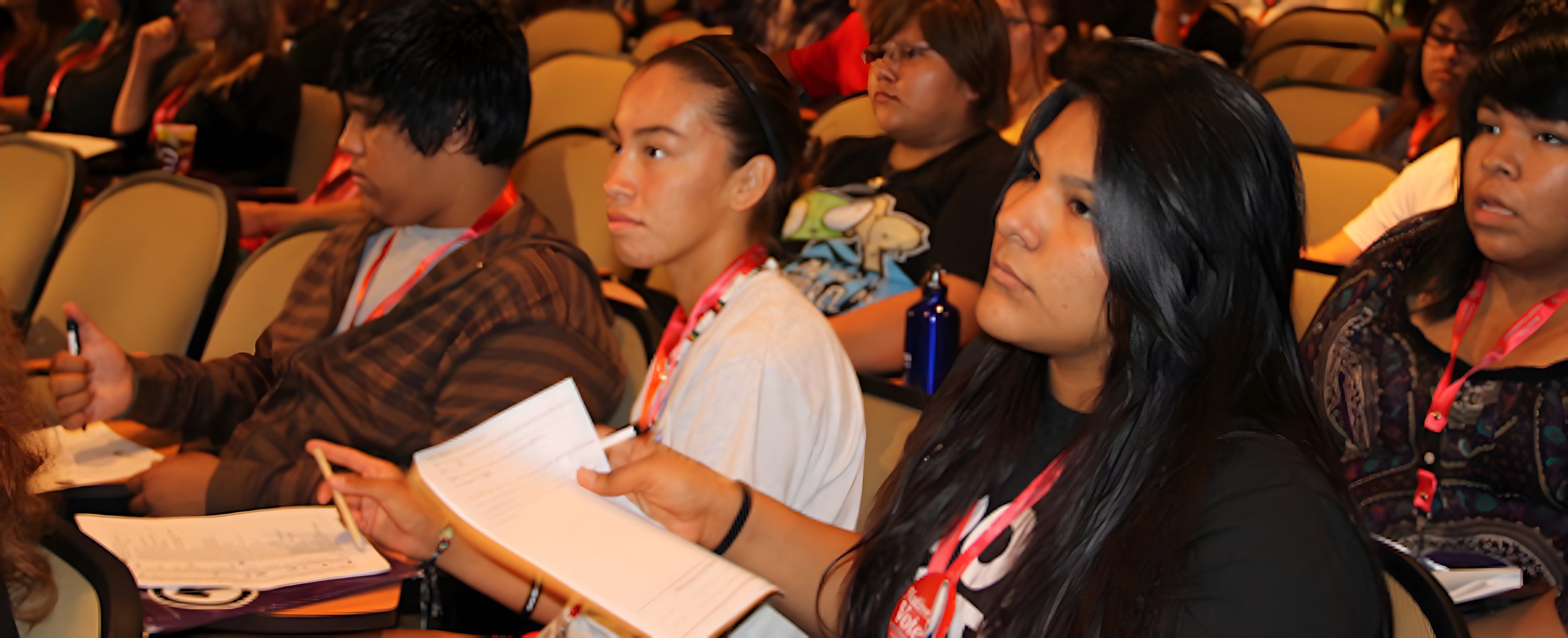
ONLC Home / Resources / Literacy Facts
Literacy proficiency is the ability to understand and use printed information in daily activities, at home, at work, and in the community.
Today's jobs demand highly literate individuals.
You can't just be able to read and write, but you must also have the capacity to think critically, solve issues, make decisions, and handle yourself appropriately.

Literacy rates are linked to a wide range of social and economic concerns.
Many factors can contribute. These include the aforementioned issues, as well as unemployment, poverty, homelessness, illness care accessibility, and crime rates.

High school education is no guarantee that a person has the literacy skills he/she needs to succeed.
However, the fact that they do not have a high school education is an extremely telling sign that they lack the necessary abilities.

Learning doesn’t end when we leave school...
It is a lifelong process that can be made easy with the proper guidance and support.

It also has an impact on the salaries we’ll earn, our standard of living, the type of homes we’ll live in, the type of education our children will receive and our ability to participate fully in our communities.
Literacy levels influence the kind of jobs we’ll get.

Ontario is home to the largest population of Indigenous people in Canada.
Nearly one in five Indigenous people in Canada live in Ontario. Indigenous people face many challenges but are also working hard to create positive change in their communities.
Strengthening Our Literacy Foundation is Key to Canada’s Future
Movement for Canadian Literacy, April 2003
IALS ranked the literacy skills of almost half of Canadian adults as below the acceptable range, and the reality is that Canada’s Aboriginal peoples have even lower literacy rates. One indicator of this is that the proportion of Registered Indians with less than a Grade 9 education in 1996 was approximately double that of other Canadians.






